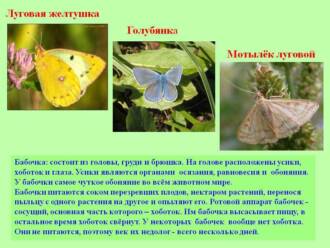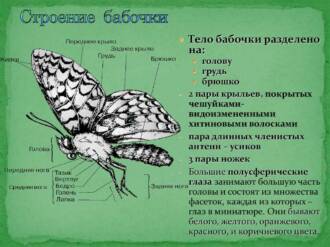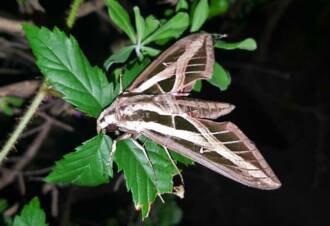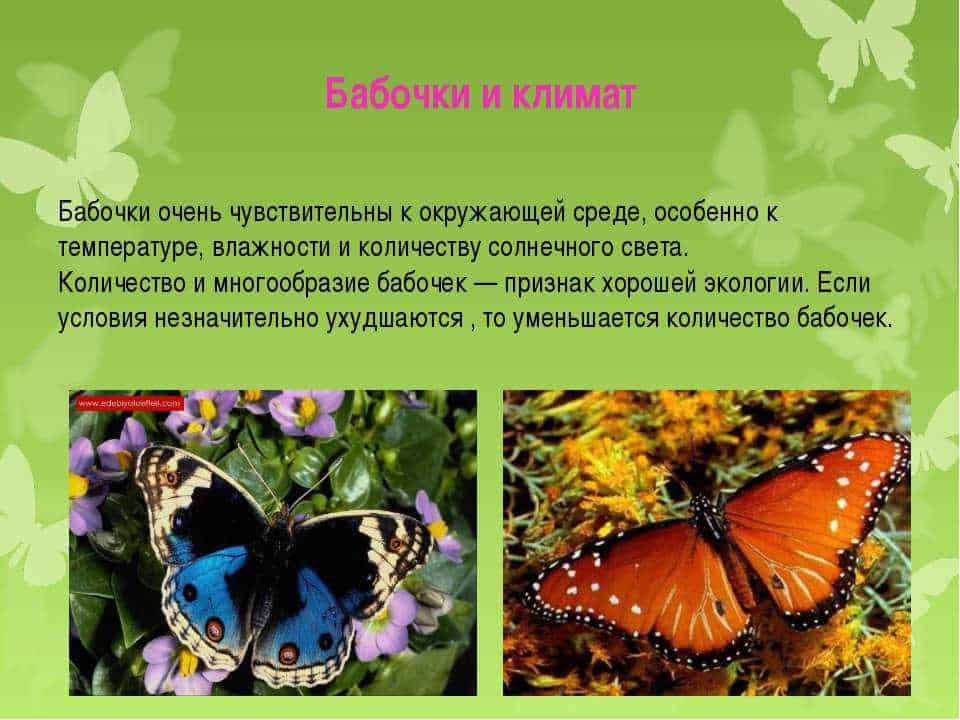
The world of nocturnal fauna is full of amazing creatures, among which night butterflies occupy a special place. These delicate and colorful insects attract attention with their beauty and diversity. Photos with the names of night butterflies allow us to see their magnificent colors and shapes, as well as get acquainted with their names.
The list of moths includes many species, each of which is unique and has its own special beauty. Some moths have bright and attractive colors, others are neutral and modest. However, regardless of their appearance, these insects are a real decoration of the night nature.
One of the most famous and beautiful night butterflies is the moon butterfly. Its wings, reminiscent of moonlight, have delicate hues and a unique pattern that varies depending on the species. Lunar butterflies attract attention with their mystery and grace, their photographs with names impress and inspire.
A journey into the world of nocturnal fauna allows you to appreciate the beauty and diversity of night butterflies. Photos with names help us to learn more detailed information about each species and enjoy their beautiful view. The diversity of these insects opens up the amazing world of nature and allows us to see what wealth is hidden in the darkness of the night.
Why are moths so important to the ecosystem?
Night butterflies, also known as night moths, are one of the most numerous and diverse insect species. They play an important role in the ecosystem by performing several important functions.
Pollination of plants
Moths play an important role in the pollination of many plants. While visiting flowers, they carry pollen from one plant to another, promoting plant reproduction. Thus, night butterflies contribute to the conservation and diversity of the plant world.
Food for other animals
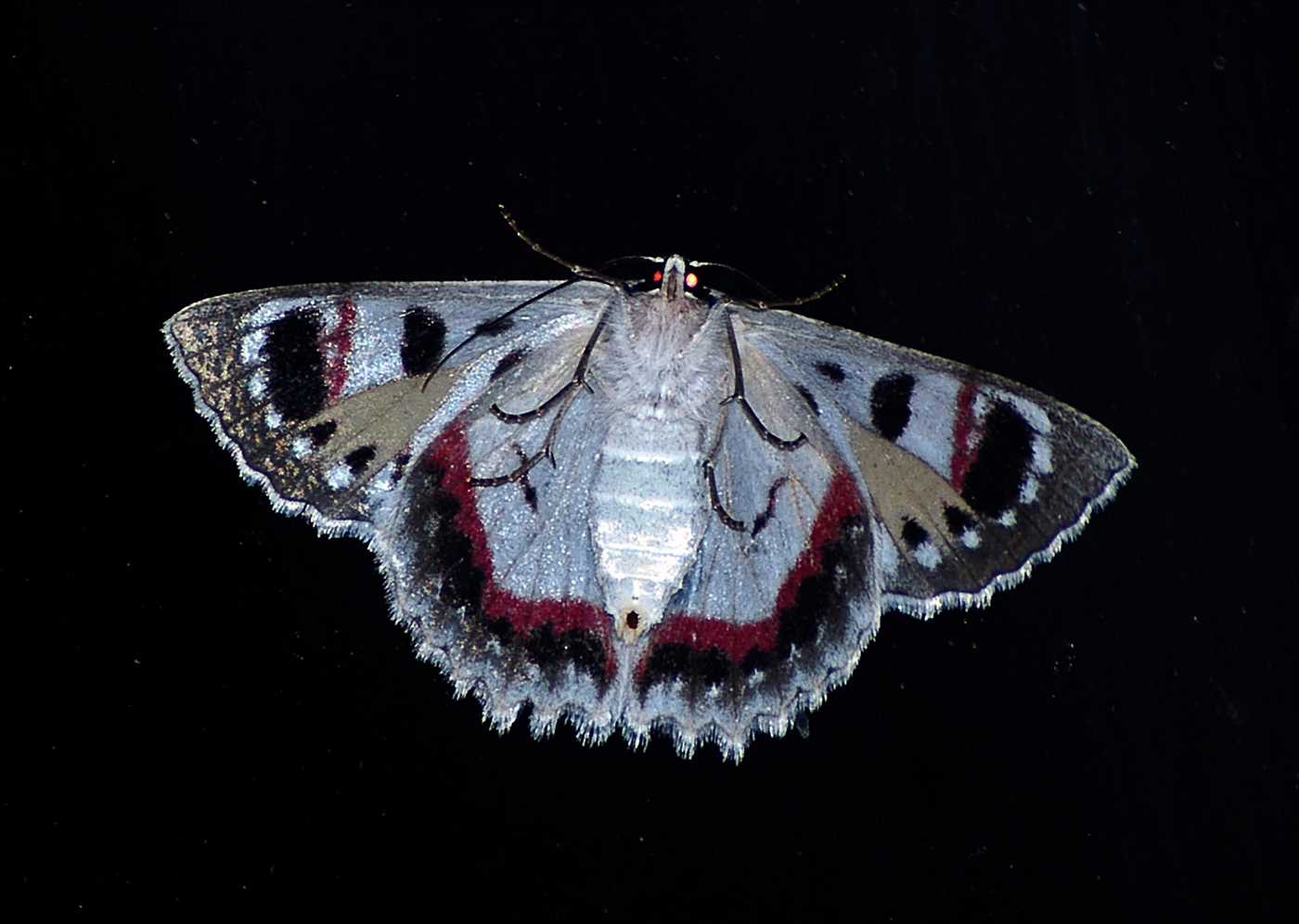
Moths are a food source for many other animals. Many birds, bats, lizards and even some insectivorous animals feed on moths. Because of this, moths are a key link in the food chain and help maintain balance in the natural ecosystem.
Ecological Status Indicators
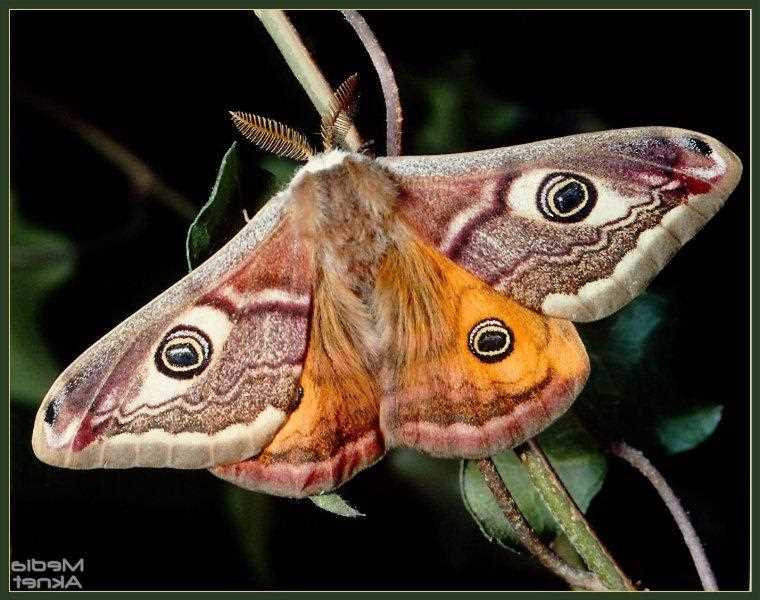
Moths are important indicators of ecological status. Changes in the abundance and diversity of moths may indicate changes in habitat quality and overall ecosystem health. Thanks to this, the study of moths allows us to obtain information about the state of the environment and take measures to conserve it.
The variety of shapes and colors of moths
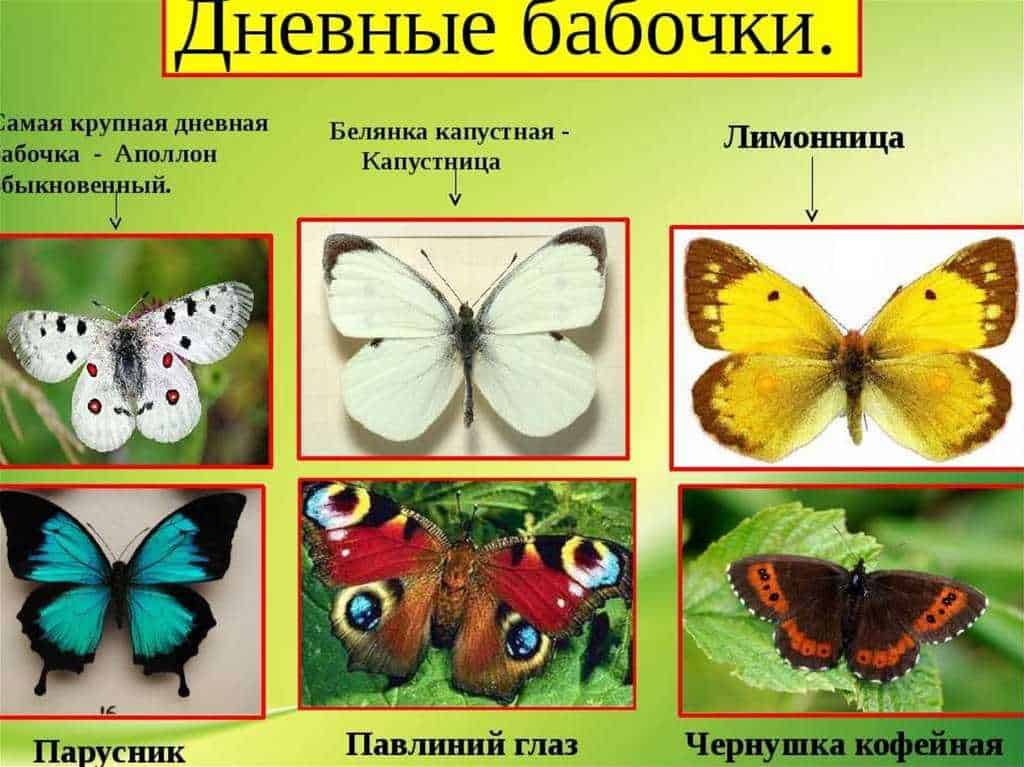
Moths are one of the most diverse classes of insects. There are a huge number of species of these nocturnal winged creatures in the world, each of which is distinguished by its unique shape and color.
It is almost impossible to compile a complete list of moths, as new species are discovered every year. However, even the species known to us are already striking in their diversity. Butterfly photos with names let you see how unique they can be.
The color of moths can be very diverse: from delicate pastel shades to bright and contrasting colors. Some species have multi-colored patterns on their wings, which serve them for camouflage or to attract a mate. In other species, coloring serves as a danger signal.
The wing shapes of moths are also unique. Some species have wide, plump wings, while others are narrow and pointed. Some species have fragmented wings that allow them to maneuver effectively in the air.
The diversity of shapes and colors of moths is the result of millions of years of evolution. Each species has adapted to its habitat, and its appearance has become a reflection of its functions and role in the ecosystem. Observing this diversity is a real pleasure for nature and insect lovers.
How do moths deceive their enemies?
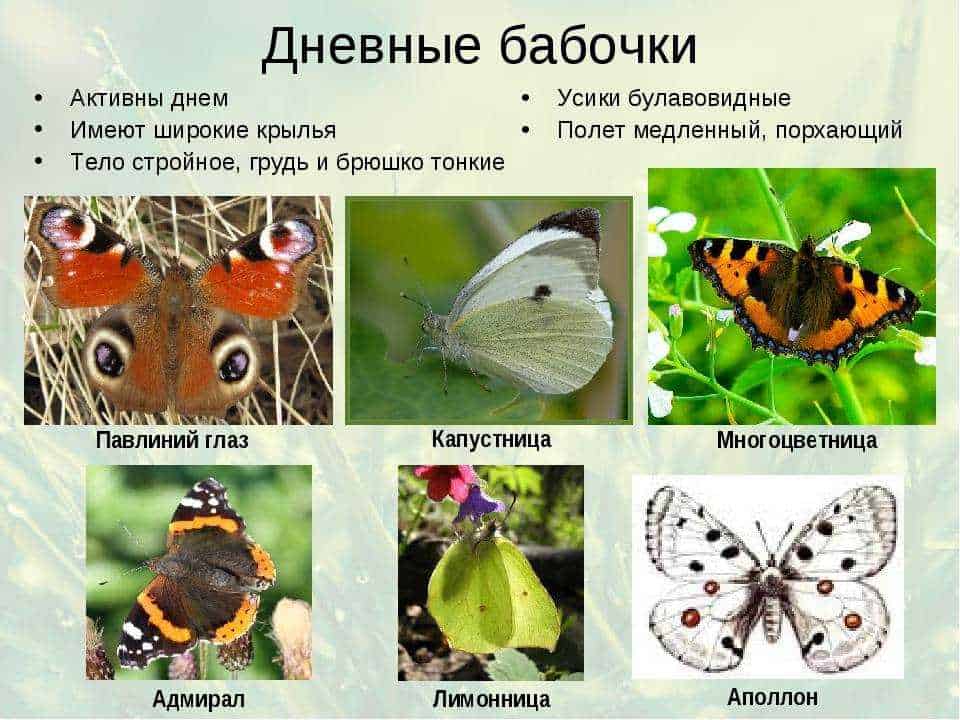
Night moths from the list of night moths with names can deceive their enemies in various ways. One of the most common methods is camouflage. Moths can mimic the environment they inhabit in order to blend into the background and be invisible to predators.
Another method of deception is mimicry. Some moths have coloration that resembles bright and dangerous species of insects or even birds. Thus, they create the illusion of danger and scare off potential predators.
Some moths can also use a flare effect to distract enemies. They may have bright spots or stripes on their wings that reflect light and create a shimmering effect. This can confuse and confuse predators, making them unable to pinpoint the location of the butterfly.
Also, some night butterflies can release special chemicals that scare off enemies. They may have an unpleasant odor or taste that makes them less attractive to predators. This serves as additional protection for butterflies during sleep or rest.
Nocturnal adaptations of moths
Moths, also known as cutworms, are one of the most common types of insects. These winged creatures have unique adaptations that help them survive and adapt to nightlife.
One of the main adaptations of moths is their coloration. They usually come in dull and neutral colors such as brown, gray and black. This helps them blend in with their environment and be invisible to predators.
Another important adaptation is their ability to navigate in the dark. Night butterflies have developed organs of hearing and smell, which help them find food and avoid danger. They also use light orientation, relying on light sources such as the moon and stars to find their way.
Among moths, you can find a variety of species, each of which has its own unique adaptations. For example, some members of the armyworm family have very long antennae that help them find food and mates over long distances.
Here is a list of some moths that can be found in different regions of the world:
- Moon Owl (Actias luna)
- Gray Owl (Agrius cingulata)
- Ivan da Marya (Hyles livornica)
- Great swallow (Papilio machaon)
- Redwing (Caligo memnon)
These night butterflies differ in their size, coloration and adaptations to different environmental conditions. Studying the diversity of these species helps us better understand and appreciate the amazing world of nocturnal fauna.
How do moths find food and reproduce?

Night butterflies, also known as cutworms, are a huge variety of species, with over 180,000 known species worldwide. Each species of moth has its own unique ways of finding food and breeding.
To search for food, moths rely on their highly developed olfactory apparatus. They are able to detect scents from flowers and nectar over long distances, allowing them to locate food sources. Some species of moths can also navigate by light or ultrasonic signals to find flowers.
In terms of reproduction, moths go through several life cycle stages. After the female lays eggs on plants, caterpillars hatch from them. Caterpillars feed on plant foods such as leaves and gradually grow and develop. Then they turn into pupae, in which metamorphosis occurs and adult butterflies are formed.
Moths are an important part of the ecosystem, as they serve as pollinators for plants and as a source of food for other animals. The study of their diversity and behavior helps to expand our understanding of the world of nocturnal fauna.
Interesting facts about the reproduction and development of moths
Butterfly breeding is a very amazing process that occurs during their life cycle. After the female lays eggs, they turn into caterpillars. Moth caterpillars have an impressive camouflage ability that helps them avoid predators.
Moths go through several stages of development, including caterpillar, pupa, and imago—the adult. Some species of moths may fly for only a few weeks as adults, while others can live for several months.
One of the most amazing aspects of moth breeding is their ability to find a breeding partner despite only being active at night. Moths use scent signals and ultrasonic signals to attract a mate from afar.
There is a huge list of moths, each with its own unique name and appearance. Some moths have bright colors on their wings to signal potential mates, while others have camouflage colors to help them hide from predators.
The impact of human activities on the number of moths
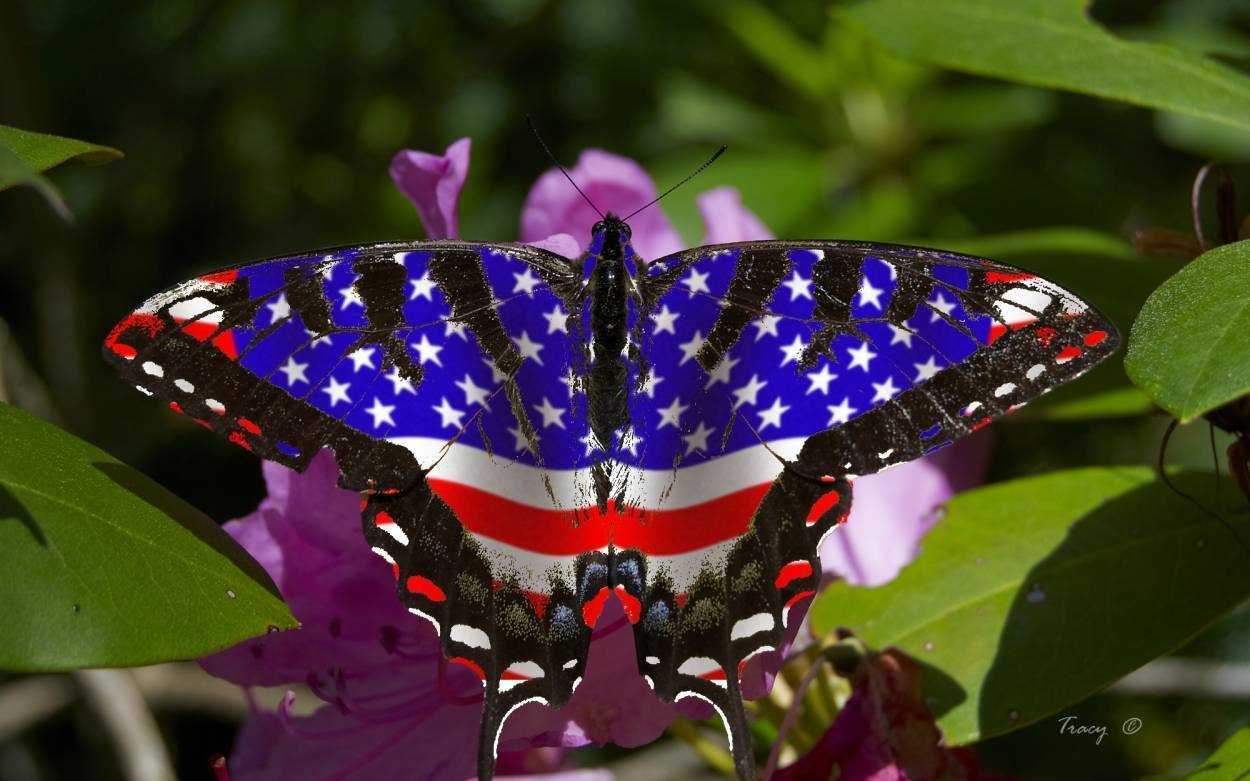
Night butterflies, also known as night moths, are a unique group of insects that are active mainly during darkness. They play an important role in the ecosystem, serving as pollinators and food objects for other animals. However, like many other animal species, night butterflies face the negative impact of human activity, which leads to a decrease in their numbers.
One of the main reasons for the decline in the number of moths is the destruction of their natural habitats. They often depend on certain types of vegetation, which are becoming less common due to deforestation and agricultural development. This leads to the loss of food resources and breeding sites, which negatively affects the number and diversity of moth species.
The influence of human activities on the number of moths is also manifested through the use of pesticides and insecticides in agriculture and horticulture. These chemicals can harm not only target pests but also beneficial insects, including moths. They can lead to poisoning, reduced reproductive capacity and even death of these insects.
Night butterflies photos with names help scientists and enthusiasts in the study and monitoring of species diversity. They allow tracking changes in the abundance and composition of populations, as well as identifying rare and endangered species. This is important for the development and implementation of programs for the protection and restoration of moth populations.
In general, the conservation of moth diversity and abundance requires action to be taken to conserve and restore natural habitats, limit the use of chemicals, and conduct scientific research to better understand their biology and ecology. This is the only way to ensure the preservation of this important part of the nocturnal fauna.
Methods for the conservation and protection of moths
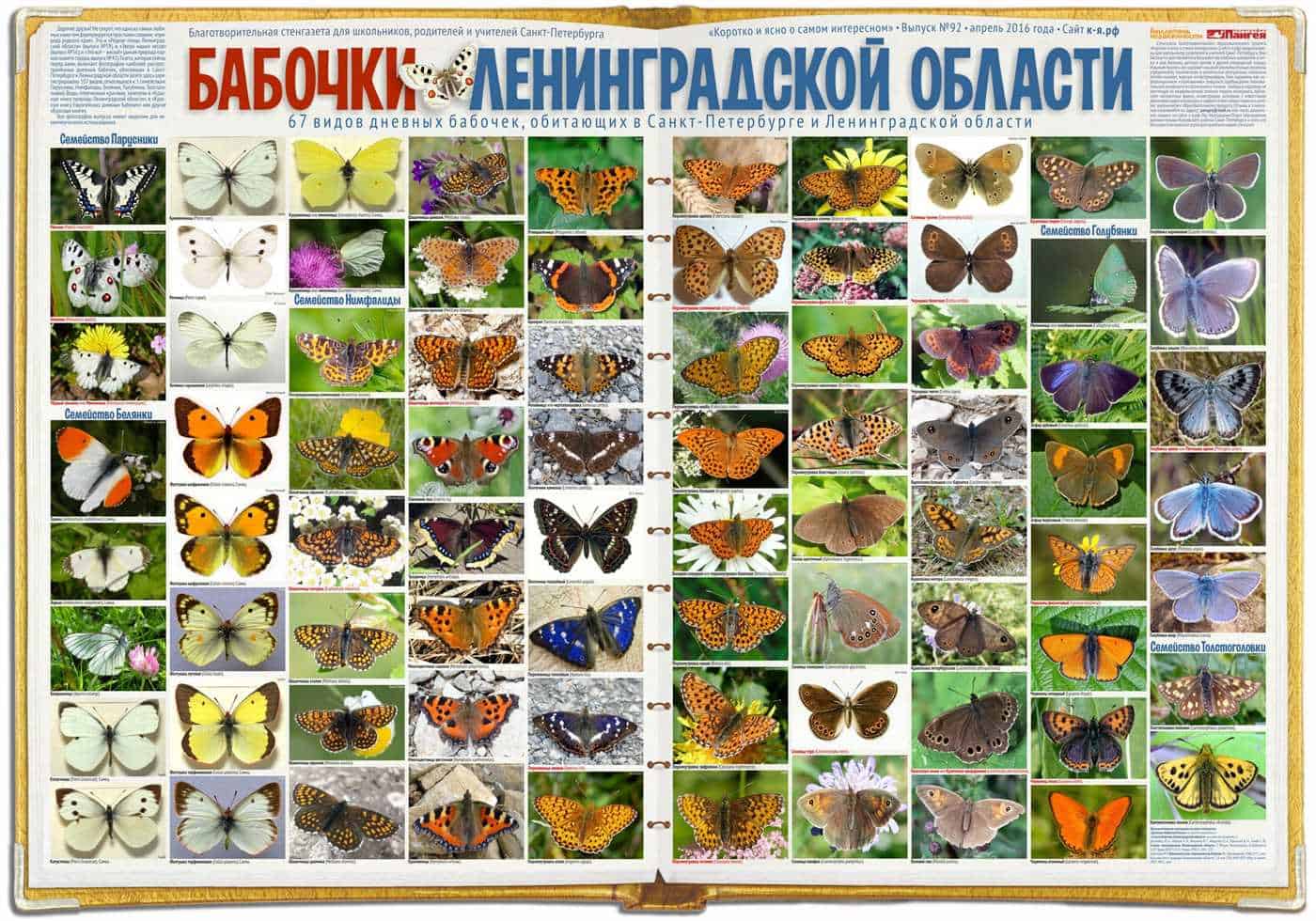
Moths are a vulnerable group of insects that require special conservation and protection measures. Maintaining a database of photographs of moths with names is one of the effective methods for the conservation and study of species diversity.
The creation of such a database allows scientists and nature lovers to learn about new species of night butterflies and monitor their population. Also, this method allows you to track changes in the distribution of species and determine their status in nature.
An important conservation method for moths is to preserve their natural habitat. The protection of forests and other ecosystems where night butterflies live contributes to the conservation of their populations. It is also important to create special reserves and reserves where night butterflies can find a safe haven.
In addition, conducting educational events and information campaigns about the importance of moths in the ecosystem is an integral part of their protection. Promoting knowledge about moths helps to attract public attention and contribute to the conservation of their diversity.
How to observe and study moths?

Watching and studying moths is a fun and exciting activity that allows you to get acquainted with the diversity of species and their behavior. To do this, there are various methods and techniques that help to see night moths in all their glory.
1. Night moths photo with names

One of the most popular ways to observe moths is to use photographs with names. On the Internet and special books, you can find many images of various types of night moths, indicating their names. This allows you to learn about the diversity of species and their characteristics, as well as learn how to identify them when observing in nature.
2. List of moths

To study moths, you can make a list that lists the different species. This will help organize information and better remember their appearance and features. The list can include the names of species, their descriptions, where they are found and at what time of the year you can see these butterflies. Such a list will be a useful aid in observing and studying nocturnal moths.

